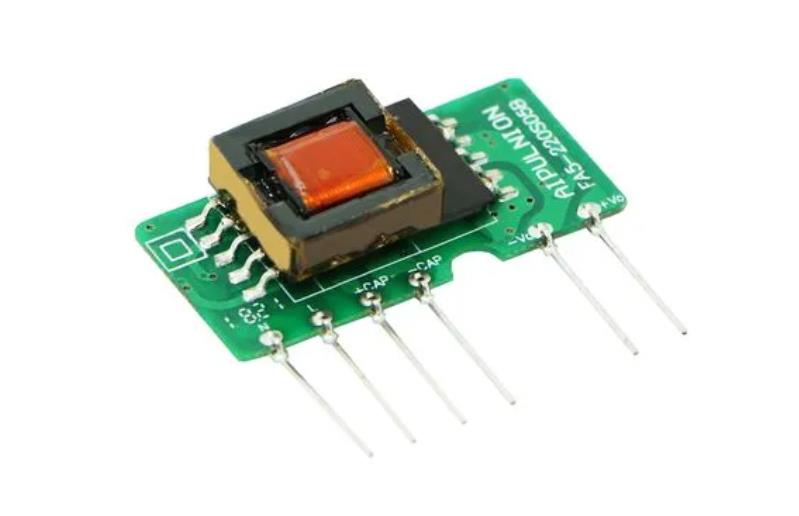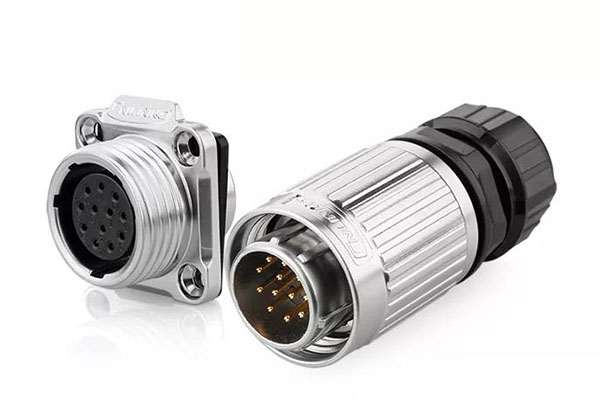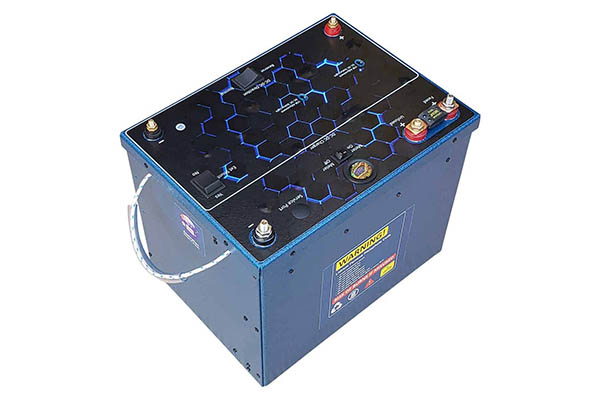Understanding Switching Power Supply:
Switching mode power supplies perform high-current rectification of AC voltage to high voltage using switch-mode power components in reactive circuits. Unlike typical LDO regulators, these components are nonlinear and typically use feedback to maintain regulation. While switch-mode regulators are preferred for regulation and efficiency, they present layout challenges due to increased components and some with large parasitic effects, susceptible to noise issues if improperly placed. Consider the following guidelines for a switch-mode power supply PCB layout.
Defining Grounding:
For a switching mode power supply PCB layout, the primary consideration involves defining grounding in the layout. Keep in mind five grounding points in the design, which can be separated into different conductors to ensure current isolation:
Input high-current source ground
Input high-current return loop ground
Output high-current rectification ground
Output high-current load ground
Low-level control ground
Each ground connection may exist in physically independent conductors depending on the current isolation needs in the converter, rectifier, or regulator circuitry. Capacitive coupling between grounding connections can produce common-mode noise in the power circuit, typically occurring through nearby conductive enclosures.
Grounding areas on the PCB should be clearly defined on each side of the isolation components. If grounding capacitively couples, causing DC offset between grounding areas, using Y-capacitors is ideal, providing high-frequency filtering and eliminating DC offset between grounding regions.
This approach ensures a well-structured, low-EMI, and efficient layout for a switching power supply PCB design, crucial for high-performance and stable operation.
Grounding in Switching Converter Applications
Y-rated capacitors can bridge to ground in switch converter applications.
Grounding serves as a low impedance return path for high-current grounds. Multiple paths may be necessary to allow high current and low equivalent inductance.
Ground points conduct DC and AC signals between different measurement circuit points relative to the system ground.
Properly placed filtering capacitors help prevent noise from high-current AC grounds. Ground layers serve as heat dissipation paths and shields, separating power trace and component layers from signal layers.
Ground Connections
Key connections to ground include control ICs, input/output capacitors, diodes, and circuit points measuring parameters like AC/DC currents and output voltage.
Low-level ground connections prevent detection of common-mode noise in control circuits.
Switching Operation Design
Switching power supplies alternate between cutoff and saturation states to deliver constant power to output loads.
PWM switching power supplies regulate output voltage by modulating the duty cycle of input rectangular voltage.
Section Seven: Buck and Boost Converters
Boost converters directly connect an inductor across input voltage when the power switch is open.
Buck converters utilize the same components but in a different topology to clamp the inductor’s back EMF below the input voltage level.
Section Eight: PCB Layout for Power Wiring
Proper wiring minimizes EMI by considering loop lengths and wire widths.
Shorter loop lengths reduce the loop’s ability to act as a low-frequency noise antenna.
Wider traces aid in heat dissipation and allow the conduction of high switch currents in the same direction.
Use of PCB design tools helps place polygons for high-current lines and finer traces for data and control lines.
What are the key points in designing a PCB for a switch-mode power supply?
Layout Requirements
Routing Efficiency: Prioritize connections, group components with related wiring, and maintain clarity in the layout.
Core Component Focus: Arrange components evenly and compactly around core circuit elements for ease of assembly and aesthetics.
Maintenance Consideration: Ensure future soldering and repair ease, avoiding placing small components between taller ones, balancing compactness and accessibility.
Interference Mitigation: Keep sensitive components away from strong electric or magnetic fields and minimize high-frequency loop areas to reduce electromagnetic interference (EMI).
Heat Management: Strategically position heat-emitting elements for uniform dissipation, keeping temperature-sensitive parts away from them.
EMI Enhancement: Distance high-frequency pulse areas from input/output terminals for improved EMC performance.
Component Heights: Pay attention to the heights of bottom components, ensuring evenness to prevent uneven pin height during sealing processes.
Anti-static Design: Maintain sufficient distance between circuit elements for ESD protection, especially for pins with low capacitance filtering.
Routing Principles
Signal Separation: Keep small signal routes away from high current traces to avoid interference.
Reduced Loop Areas: Minimize loop areas for critical signal lines such as current sampling or optocoupler feedback.
Path Separation: Separate power and control circuits, employing a single-point ground connection.
High-Frequency Shielding: Shield high-frequency components from control circuits to prevent interference.
Filtering Capacitors: Carefully design paths for filtering capacitors to maximize their noise reduction efficiency.
Close Power and Ground Lines: Reduce loop areas and electromagnetic interference by keeping power and ground lines closer.
Heat Dissipation Routes: Provide adequate bare copper under high-heat components for improved reliability.
Safety Distances and Manufacturing Requirements
Electrical Clearance: Maintain minimum distances between conductors and adjacent surfaces for safety.
Component-to-Board Edge Distances: Keep components at a suitable distance from the board edge to prevent issues during milling or soldering.
SMD Pin Connections: Employ thermal isolation to prevent soldering issues due to rapid heat dissipation.
Panelization Consideration: Plan panel breaks carefully to avoid stress-related component issues.
Tips for SMPS AC Voltage Nodes in PCB Layout:
AC voltage nodes exist at power MOSFET drains or BJT collectors and the rectified output’s anode.
These nodes may carry high AC voltages, requiring consideration for noise coupling into sensitive signals.
Design considerations involve using these nodes as heat sinks or connecting underlying layers to these nodes for better thermal qualities.




